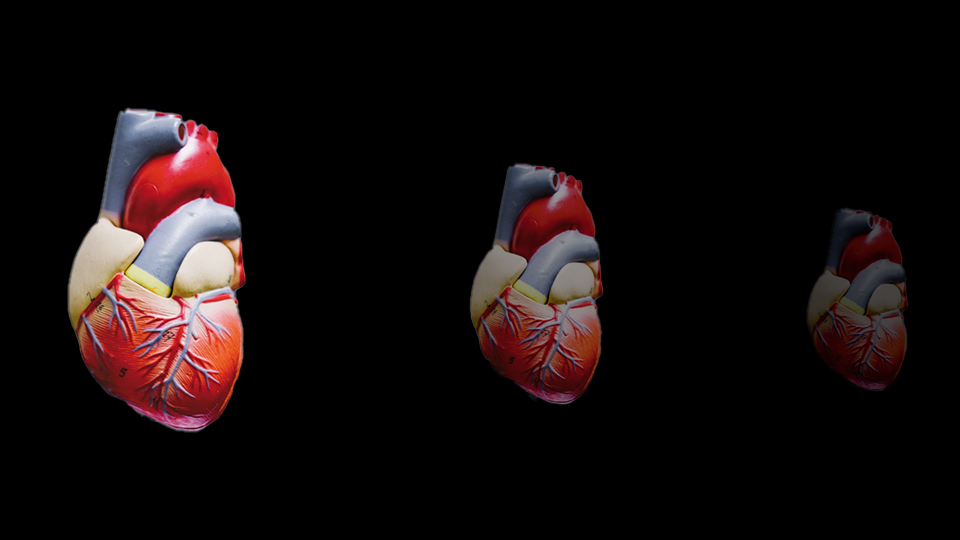Symptoms of retinal detachment: how to identify them in time
29/09/2025

20/03/2024
There are two types of cholesterol: low-density lipoprotein (LDL) cholesterol (known as “bad” cholesterol because it tends to build up on the walls of your arteries, forming plaques that can block blood flow and increase the risk of heart disease) and high-density lipoprotein cholesterol (HDL or “good” cholesterol), as it helps remove excess cholesterol from the blood. Having higher levels of HDL cholesterol is associated with a lower risk of heart disease.
LDL cholesterol is mainly found in foods of animal origin (red or processed meats, full-fat dairy products, seafood or eggs). It is important to note that moderate consumption of these foods (except processed foods, which are harmful) does not harm our health per se. It is the excess consumption of these foods, combined together with poor diet and an unhealthy lifestyle that causes the harmful increase in LDL cholesterol. Therefore, to lower total cholesterol and/or LDL it is crucial to take a holistic approach, which includes dietary changes, physical exercise and lifestyle adjustments.
It is essential to adopt a diet that includes plant-based foods rich in fibre (fruits, vegetables, whole grains and legumes) and healthy fats (like omega-3 sources such as olive oil, avocado and oily fish). Limiting saturated fats found in processed products, avoiding alcohol and tobacco, engaging in regular physical exercise and maintaining an active lifestyle are key factors in controlling your lipid profile.
Karla Cané, dietitian-nutritionist